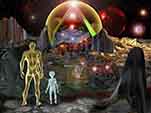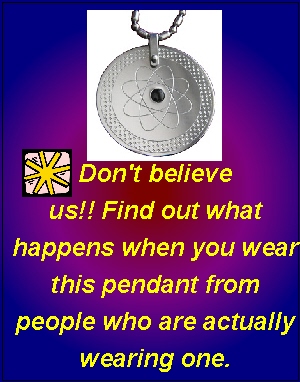[TBP was hacked several years ago (hello deep state) and most of Jim's data was destroyed or lost. He's reposting some of that stuff that he's since found because, well, some things never change . . . SC]
Compliments of the Wayback Machine, this 30 Blocks article was written in May 2012.
By Jim Quinn of TheBurningPlatform.com - June 26, 2024
It happened again yesterday morning. There was an accident on the Schuylkill Expressway so I had the pleasure of navigating through the 30 Blocks of Squalor, again. After having made at least 25 posts about the 30 Blocks of Squalor over the years, I keep thinking Iíve run out of things to say. But it seems to be a never ending treasure trove of insights about our society and the people who live in this country. It was a particularly grey day in Philadelphia with a dreary overcast and intermittent rain.
It seemed fitting for this trek through the slowly decaying landscape leading to my workplace in West Philly. Iíve talked previously about the stretch of highway leading to the 30 Blocks of Squalor. Itís called West Chester Pike (Route 3) and it cuts through Delaware County where I grew up. It cuts through Havertown, Haverford, Drexel Hill, and Upper Darby and eventually spits you out at 69th Street, where Iíve previously detailed the flash mob of savages rampaging through the Sears stealing everything in sight (all caught on surveillance cameras to be shown on a future reality TV show). In a shocking turn of events, Sears decided to later close this retail establishment.

The 30 minute excursion along West Chester Pike and then the 30 Blocks of Squalor (Chestnut St from 69th St to 39th St) is like traveling through Danteís nine circles of hell. Every mile leads you deeper and deeper into the abyss. My observations along this route are of a country in a slow methodical steady decline that has been underway for decades and shows no signs of abating.
The neighborhoods and towns along West Chester Pike were occupied by the rising middle class during the 1950′s, 60′s and 70′s. These towns were where blue collar middle class families built a life and raised their families. The fathers worked in factories, refineries, schools, power plants and thousands of other productive enterprises. Americans made stuff back then. Most wives stayed home and raised the three or four children in the small brick row homes or small detached singles that dotted the landscape. These neighborhoods were entirely white and most were church going.
Most of the adults had not graduated college, but they were still able to move up the economic ladder through hard work, saving, and living within their means. Their children were guaranteed an even better life if they studied hard, went to college, and got an office job as an accountant, engineer, marketing executive, or in some other promising profession.
This progression began to transform into regression in the 1980s and the slow steady descent has picked up speed. There is now a grey pallor that seems to engulf this once thriving corridor. The houses that were built in the 1950s and 1960s and kept up by middle class families that took pride in their neighborhoods have been deteriorating for years. The homes are in disrepair. The bricks have grown dingy from years of pollution buildup and lack of power washing.
Porches and awnings are sagging. The woodwork hasnít seen a paint brush since the 1970s. Trash is strewn in the streets. Gardens are no longer tended to. Lawns are overgrown with weeds. The inhabitants of these neighborhoods either donít care or donít have the financial wherewithal to maintain their homes. On the current trajectory, these once proud neighborhoods will eventually resemble the 30 Blocks of Squalor.
I believe a country and a community will have a lot of what it values most. Our country has a lot of debt, a lot of vehicles, a lot of bombs, a lot of psychotic criminals running our economic and political systems and a lot of willfully ignorant drones Ė disguised as citizens. As I drove along West Chester Pike I tried to observe what it is we value today. This route is inundated with automobile repair shops, gas stations and auto dealerships. We cannot live without our cars. I can say without a doubt that I saw not one manufacturing facility along this entire route, but if you want your Japanese car fixed, detailed, or waxed, youíve hit the jackpot.
We value our cars, purchased with debt or leased, but the roads are crumbling, filled with potholes, traffic lights arenít timed, and the small towns are too bankrupt to do anything about it. The second most important thing to the zombies that inhabit this wasteland is . . .









































